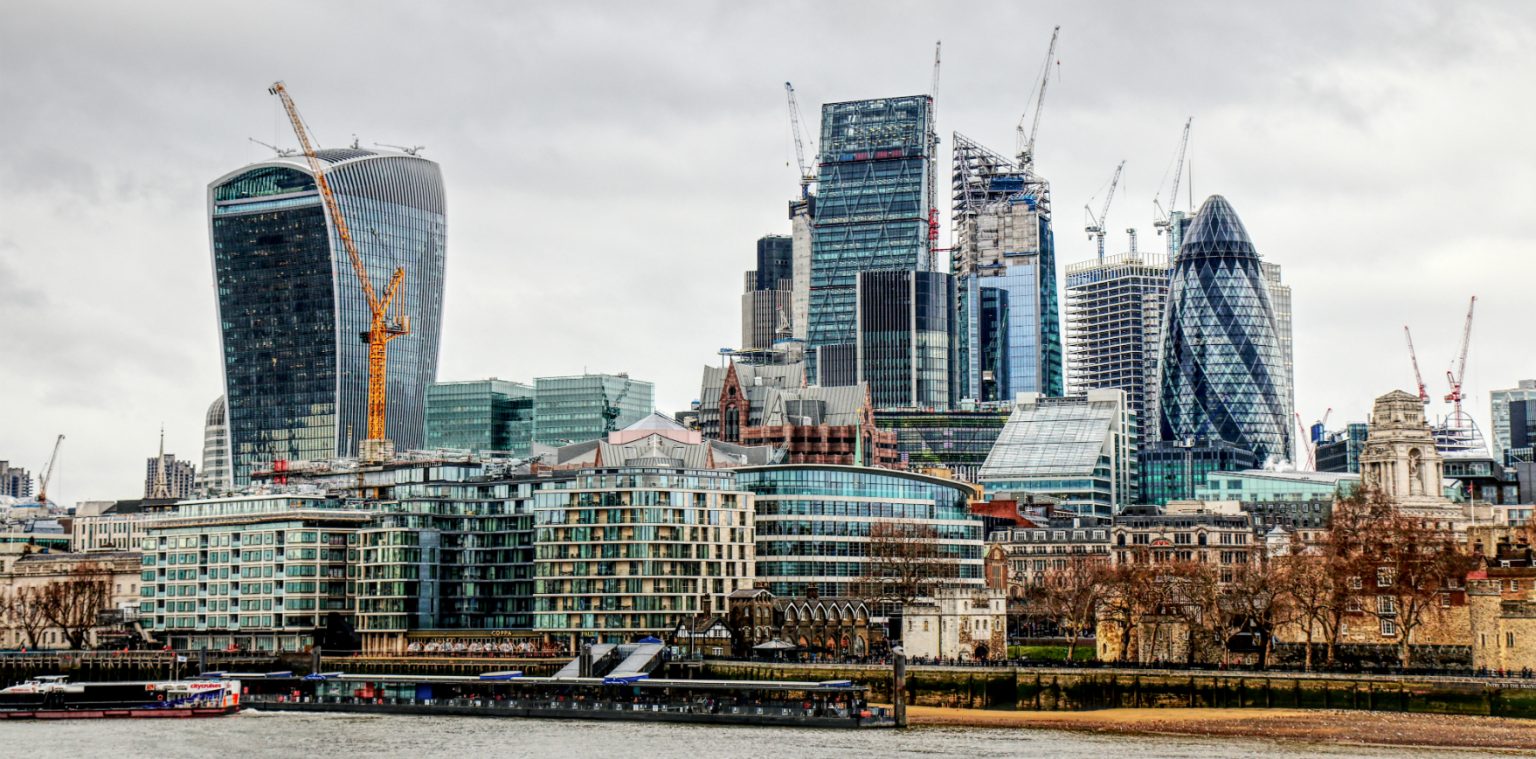
- By Content Coms
- In Thinking, Useful Stuff
Theresa May throws down the Clean Growth Challenge
The Prime Minister has laid out her clean growth grand challenge. It was announced at Theresa May’s Industrial Strategy speech at the end of May.
Talking to FM World, Julie Hirigoyen, Chief Executive at UKGBC, said: “The government made a bold statement in making Clean Growth a central part of the Industrial Strategy, and we welcome the new mission set for the building sector today.
“Addressing the energy used in new and existing buildings will be central to delivering clean growth and can only be achieved with strong leadership from Government working in close partnership with the industry.”
What exactly is the challenge?
Theresa May has promised to use new technologies and modern construction practices to at least halve the energy usage of new buildings by 2030.
She said that heating and powering buildings accounts for 40% of our total energy usage. “By making our buildings more energy efficient and embracing smart technologies, we can slash household energy bills, reduce demand for energy, and meet our targets for carbon reduction.
“By halving the energy use of new buildings, both commercial and residential, we could reduce the energy bills for their occupants by as much as 50%.”
Of course, as with most speeches, some details are foggy. Mrs May will only ‘aim’ to halve the costs of reaching the same standard in existing buildings too.
Further, there are no timescales in the speech for getting the sector to 2030, nor detail on regulations, funding or other schemes to actually make the transformation happen.
“Recently, we reported on the Government’s promised Industrial Energy Efficiency Scheme,” comments Joanna Watchman, CEO and Founder, Content Coms.
“It’s a wonderful idea, but the detail and the movement on making it reality appear to be lacking. We welcome the Government’s solid acceptance of energy efficiency and decarbonisation of the buildings sector, but we also need to see proof and frameworks on how these top level aspirations will become reality.”
How to get to 50% lower energy in 2030’s buildings
At Content Coms, we know energy efficiency and low carbon are key to the UK’s future. They will provide jobs and mitigate CO2.
Indeed, last year E3G wrote that energy efficient improvements to home heating, insulation, lighting and appliances could reduce the energy consumed in UK households each year by a quarter, and knock £270 off the average household energy bill of £1,100; a saving that is equivalent to the output of 6 nuclear power stations the size of Hinkley Point C.
Stunningly, net benefits from this kind of work could be in the region of £7.5 billion across the UK economy.
“To get these wins, we believe a mix of incentives, funding, regulation, frameworks and similar tools should be employed,” comments Joanna Watchman.
“Low carbon change needs to be incentivised and paid for. The skilled workers who build in energy efficiency tech need support.
“Is the Government talking with the UK’s major construction firms about how they will deliver this new generation of buildings? Are they consulting on what all the various sector players require to create the transformation and hit the 2030 goal? I desperately hope so.”
No more missed opportunities
We are experts in low carbon buildings, and indeed energy efficiency as a whole. We scan the news and we analyse promises like Theresa May’s latest pledge.
But most of all, we hope to see promises realised. We are still waiting to see what will come of the Industrial Energy Efficiency scheme.
We hope we shall not wait as long before detail on this Conservative pledge becomes visible. And indeed, before concrete work on the next generation of buildings begins.
Content Coms is one of the UK’s leading B2B communications consultancies specialising in the energy and environmental sectors. If you’ve enjoyed our article, how about reading more of our energy news and analysis.

